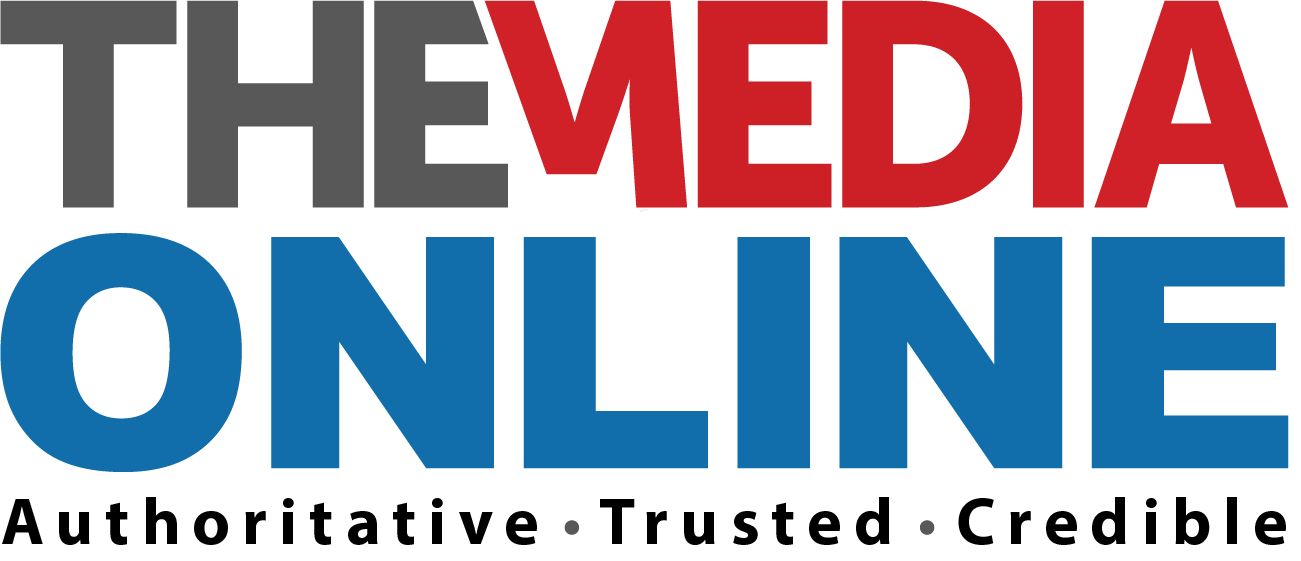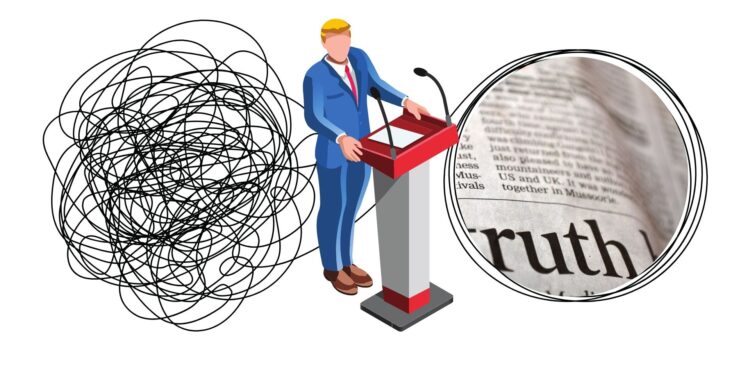Two weeks ago, United States Secretary of State Marco Rubio issued a memo effecting President Trump’s executive order on reevaluating and realigning US Foreign Aid, effectively pausing all new foreign aid spending.
The sweeping directive, that included a stop-work order for existing grants and contracts, took effect on Monday, 27 January – unleashing a storm of controversy, confusion and chaos within the administration and across the globe.
USAID, the international agency for development aid established by Congress through the Foreign Assistance Act of 1961, is the world’s largest donor of humanitarian aid and, according to its own 2024 Press Freedom report on Medium: “the largest public donor to independent media development globally.”
The freeze is ostensibly for three months only but, judging from commentary and inflammatory rhetoric on social media, the US president, his administration and the quasi ‘Department of Government Efficiency’ (DOGE) are clearly ramming through its total dismantlement.
“It seems clear that Donald Trump is determined to reshape the US foreign aid apparatus into the mold (sic) of his ‘America First’ agenda, causing chaos in the media ecosystem of over 30 countries around the world, including many European countries,” European Federation of Journalists (EFJ) President, Maja Sever, said in a statement calling on co-ordinated mobilisation “to safeguard media pluralism and support independent journalism as the best antidote to disinformation.”

Global fallout
Given the administration’s chaotic and persecutory framing of the freeze, most organisations are opting for anonymity, even in calls for support.
It’s difficult to ascertain, as yet, just how many journalists and media organisations across the world are impacted by this freeze, but it’s clearly not just small, independent players.
According to Reporters Without Borders (RSF) – who also sent out a statement denouncing the freeze and calling on public and private support – US Congress allocated over $268 million to support independent media and the free flow of information.

While the confusion continues, the impact has been immediate – and resoundingly severe – worldwide.
The alarm bells were rung on social media, too: on what he termed ‘Black Monday’, Marcin Gadziński, Program Director for Europe at the Media Development Investment Fund posted of several urgent calls he had already been made aware of.
On 31 January, the USAID-funded Media Viability Accelerator published an online statement outlining that they are “currently unable to conduct any activities” until further notice.
Ukraine media: crisis amid conflict
In Ukraine, which is already facing uncertainty over Donald Trump’s positioning in their conflict with Russia, the threat to regional media – and investigative journalism particularly – is existential, notes Oksana Brovko, CEO of the Association of Independent Regional Publishers of Ukraine (AIRPPU).
“The media sector was not the primary recipient of US grants, but the support it did receive was crucial,” she notes, explaining that this funding went to three main categories: Media NGOs, National media – primarily investigative and analytical newsrooms – and Regional media, supporting both newspaper production and content creation.
‘While media NGOs have faced financial turbulence before and are more resilient, the situation is critical for investigative journalism and regional media.’
“National media outlets have stronger brand recognition, making it somewhat easier to attract alternative funding, while regional media face existential threats,” explains Brovko.
 While some stronger institutions are scrambling to secure new donors, “many small, local newsrooms – often the only independent voices in occupied or frontline areas – are at risk of shutting down.”
While some stronger institutions are scrambling to secure new donors, “many small, local newsrooms – often the only independent voices in occupied or frontline areas – are at risk of shutting down.”
Regional outlets in Zaporizhzhia, Kherson, Kharkiv, Chernihiv, and Sumy have relied heavily on U.S. support, allowing them to continue their work “against all odds – despite poor internet access, and constant shelling,” notes Brovko.
“In Kherson (70% under occupation) and Zaporizhzhia (80% under occupation), print media have distributed newspapers free of charge, ensuring that residents receive essential information.
Now, with funding frozen, these journalists can no longer do their work. Without them, local communities will lose access to vital news.
What can be done?
“This is a defining moment. If regional media disappear, so will the independent voices bringing truth to communities under extreme conditions. We must act now,” urges Brovko.
Over the past three years, AIRPPU has supported at least 120 media outlets – including from over 300,000.
Now, they are actively working to secure emergency funding for regional and local media – and seeking support for at least 15 key regional newsrooms that need it the most.
Alternative opportunities and resources
- International Media Support (IMS), a non-profit organisation working to strengthen the capacity of media to reduce conflict, strengthen democracy and facilitate dialogue, has applications open to Ukrainian media experts for MERIT FORUM.
- Civitates, the European Democracy Fund, has issued a Call for proposals: Strengthening independent public interest journalism in Europe
- The European Journalism Centre’s Freelancer Support Scheme offers grants of up to €20,000 to cross-border investigative teams made up predominantly of freelance journalists.
- There’s also this generous offer: Evenly Distributed’s curated fundraising Tools and Resources, free, as posted by founder Adam Thomas.














